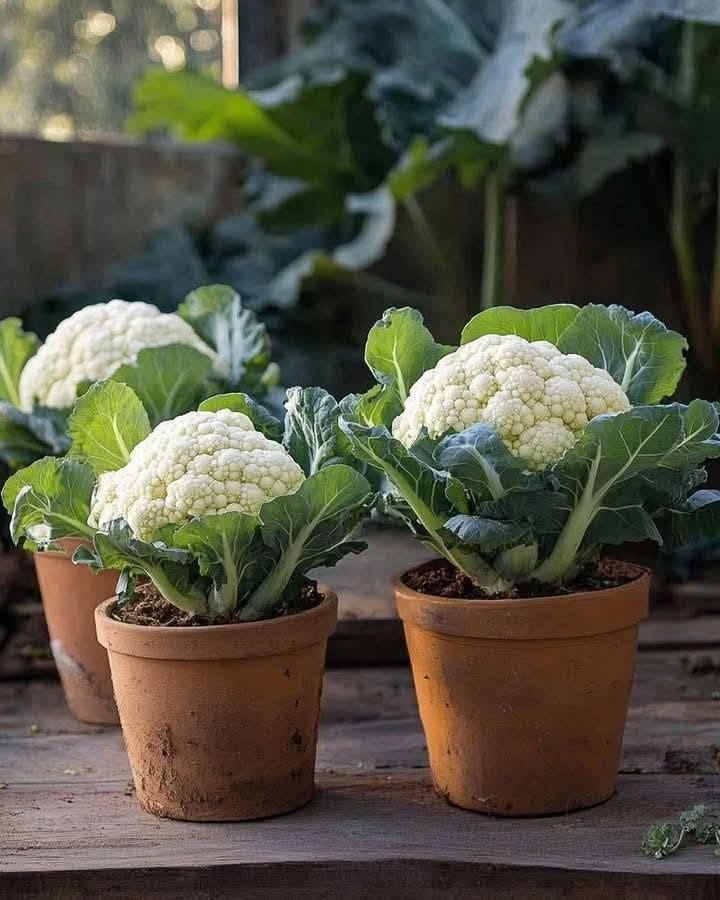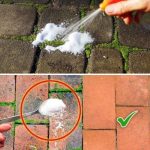ADVERTISEMENT
Main Body
Choosing the Right Pot and Soil
The foundation of growing a substantial cauliflower lies in selecting the proper pot and soil. Opt for a pot that’s at least 18 inches in diameter and depth to accommodate the extensive root system of cauliflower. Ensure the pot has sufficient drainage holes to prevent waterlogging, which can lead to root rot. When it comes to soil, choose a high-quality potting mix rich in organic matter. Adding compost or well-rotted manure can enhance the soil’s fertility, providing essential nutrients for robust growth.
Planting the Seeds or Seedlings
Cauliflower can be started from seeds or seedlings, depending on your preference and climate conditions. If starting from seeds, sow them indoors about six to eight weeks before the last expected frost date. Once the seedlings have developed a few true leaves and the danger of frost has passed, they can be transplanted into the pot. Plant the seedlings at the same depth they were growing at in their seedling pots, ensuring they are spaced well apart to allow for adequate air circulation and growth.
Optimal Growing Conditions
Cauliflower thrives in cool weather, making it an ideal candidate for spring and fall planting. The plant prefers temperatures between 60 and 70 degrees Fahrenheit. Position the pot in a location that receives at least six hours of direct sunlight each day. If the temperature rises above the preferred range, consider moving the pot to a shaded area during the hottest part of the day or using a shade cloth to protect the plant from excessive heat.
Watering and Fertilization
Consistent moisture is crucial for growing large, healthy cauliflower heads. Water the plants regularly, keeping the soil evenly moist but not waterlogged. Mulching the soil surface can help retain moisture and regulate soil temperature. Additionally, provide a balanced, slow-release fertilizer every few weeks to support the plant’s nutritional needs. Liquid seaweed or fish emulsion can also be used to boost growth during the vegetative stage.
Pest and Disease Management
Pests such as aphids, cabbage worms, and flea beetles can pose a threat to cauliflower plants. Regularly inspect your plants for signs of infestation and take appropriate measures, such as using insecticidal soap or introducing beneficial insects like ladybugs. Diseases like clubroot and black rot can also affect cauliflower; ensuring proper drainage and crop rotation can help mitigate these risks. Removing any affected leaves or plants promptly will prevent the spread of disease.
Harvesting Your Cauliflower
Patience is key when waiting for your cauliflower to mature. The heads are ready for harvest when they are firm and compact, typically reaching 6-8 inches in diameter. Use a sharp knife to cut the head off the plant, leaving a few surrounding leaves to protect it. It’s important to harvest before the curds start to separate, as this indicates the plant is past its prime. After harvesting, store your cauliflower in a cool, dry place or refrigerate it to maintain freshness.
Conclusion
With the right approach and care, growing the largest cauliflower in a pot is well within reach for any home gardener. By selecting the appropriate container, providing optimal growing conditions, and staying vigilant about pest and disease management, you can enjoy a bountiful harvest of this versatile vegetable. Not only will you have the pleasure of tasting fresh, home-grown cauliflower, but you’ll also have the satisfaction of knowing you’ve nurtured it from seed to table. Whether you’re a seasoned gardener or a beginner, this step-by-step guide will help you achieve gardening success.
ADVERTISEMENT


